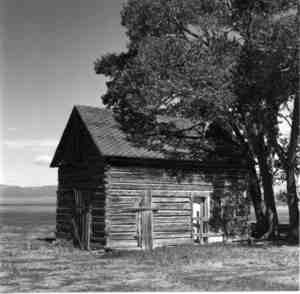Brief by Allen Best
Housing Trends – March 2006 – Colorado Central Magazine
Ski town newspapers are rife with stories about second- home owners or, to use the grammatical solecism, second homeowners. Either way, a primary is asserted when, in fact, the distinction is blurring. Owners are spending as much time in one home as the other.
A headline for a story in the New York Times about this blurring phenomenon suggests a different, more neutral phrase: double nesters. And another word: splitters.
Although never mentioning ski and gateway towns, the story told by the Times is a familiar one: “Enabled by cheap airfares, flexible work schedules and technology like cell phones, Blackberrys and the Internet, a growing number of people are shuttling between two or more homes, blurring the age- old distinction between the primary and the vacation home.
“Unlike previous generations, these ‘splitters’ do not think of themselves as living and working in one place and relaxing in another,” reported the Times. “On the contrary, they come and go as they please, making friends and doing business in places hundreds, even thousands, of miles apart.” The Times notes that this new peripatetic lifestyle is largely open to people who have outgrown the obligations of young families. “Many splitters are in their late 50’s or early 60’s, closer to retirement than to mandatory attendance at PTA meetings. But instead of the traditional snowbird migration, they are electing to travel between their homes throughout the year.”
The Times also explains that this expanded occupancy of one- time vacation homes has resulted in such things as more elaborate kitchens and home offices, but also more maintenance costs and an “underground economy” that helps splitters make the transition from one place to the next.


